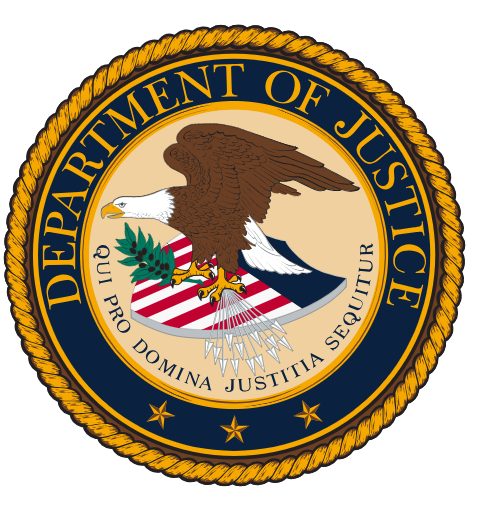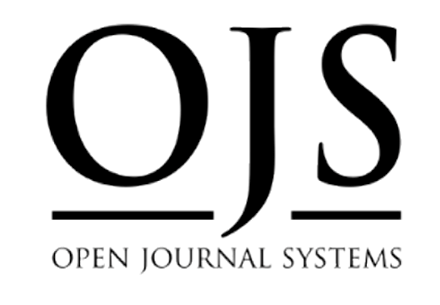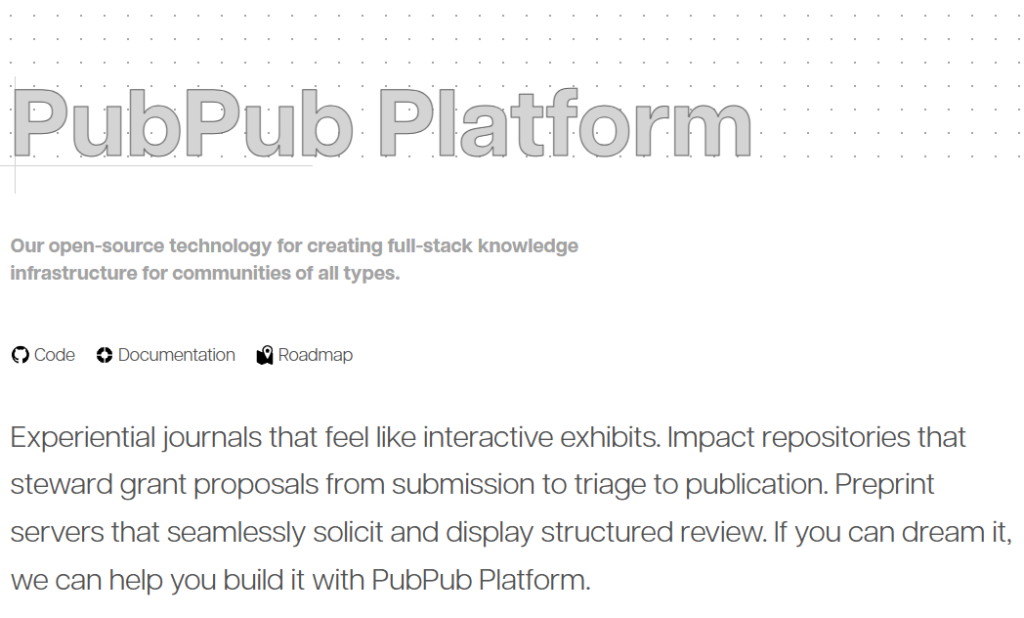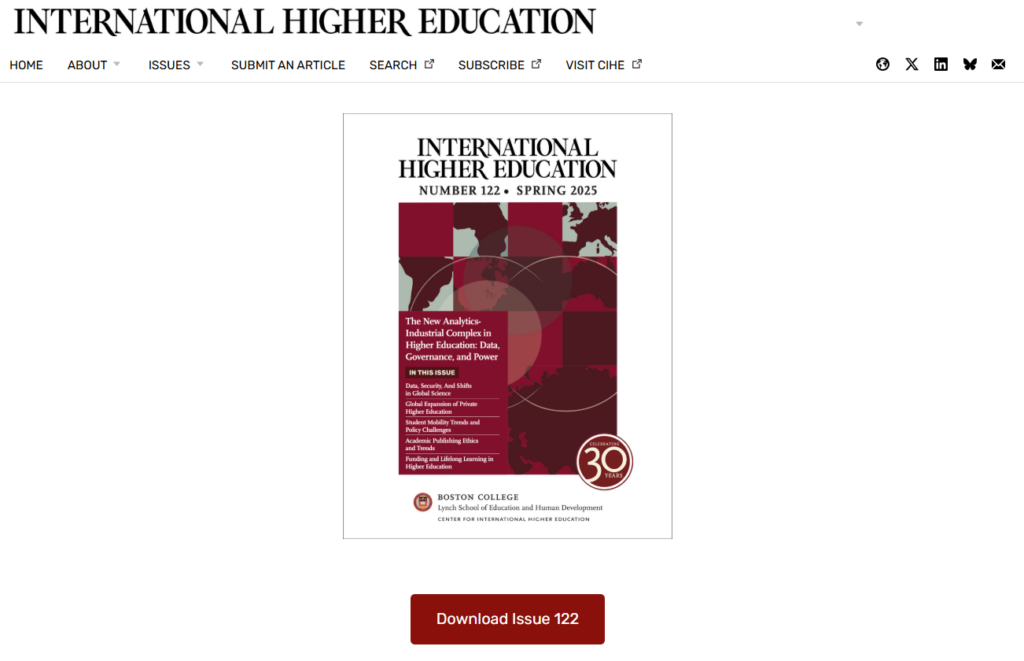
While the growth of more and more digital resources has enabled further dissemination of education and scholarly content, it is also true that not all digital content is the same in terms of its ability to be read by all users. Sometimes, choices as simple as background color or font contrast can be the difference between an excellent promotional tool and unusable material, simply because of the way it interacts with different accessibility tools. Additionally, as technology advances and content is delivered in wildly different and creative ways, it is also crucial to think about how those technologies fit in to a scholarly landscape where screen-readers and adaptive technologies are able to make content clear to a user who may not be to consume knowledge in the way it was originally designed.
Recently, The United States Department of Justice added formal language that speaks to the requirement of accessible sites for all publicly funded sites. The mandate sets a deadline of April 24, 2026 for all public entities with a population of over 50,000 – and sets an extended deadline for those entities under 50,000 – for April 26, 2027. For many state-run public institutions, this could mean a fairly rapid transition to accessible web-apps and content delivery within the next year and a half. While there will certainly be fits and starts and pain-points along the way, much of the mandated changes are necessary requirements – familiar to many web developers, librarians, or content managers as best practices. And while many aspired to maintain websites that maintained accessibility standards, this mandate ups the urgency for many institutions – who will have to ensure their digital content is in accordance with Web Content Accessibility Guidelines 2.2 (WCAG 2.2)
While these changes will likely be difficult to implement, many accessibility advocates understand this as an important mandate that will allow many users to gain access to information it could have been impossible to access prior to necessary changes. Indeed, it seems all but inevitable that major institutions will have to set aside resources and staff to re-working websites and platforms to ensure that they are accessible up to a standard. And while this may seem like a tremendous burden, the reality is that it is the least institutions can do to effectively deliver content to everyone regardless of a given users needs, and hard work in getting content accessible now will create many more equitable spaces going forward.
If this mandate will be rescinded or modified in the coming years may be hard to predict, but the reality will remain for authors and content creators that accessibility helps everyone access content, which should be a basic goal of publishing anything. Scholarly Platforms & Discovery Services have recently put together a short guide for Making your PDF Accessible. Please also be sure to see our Libguides on Accessibility best practices.





